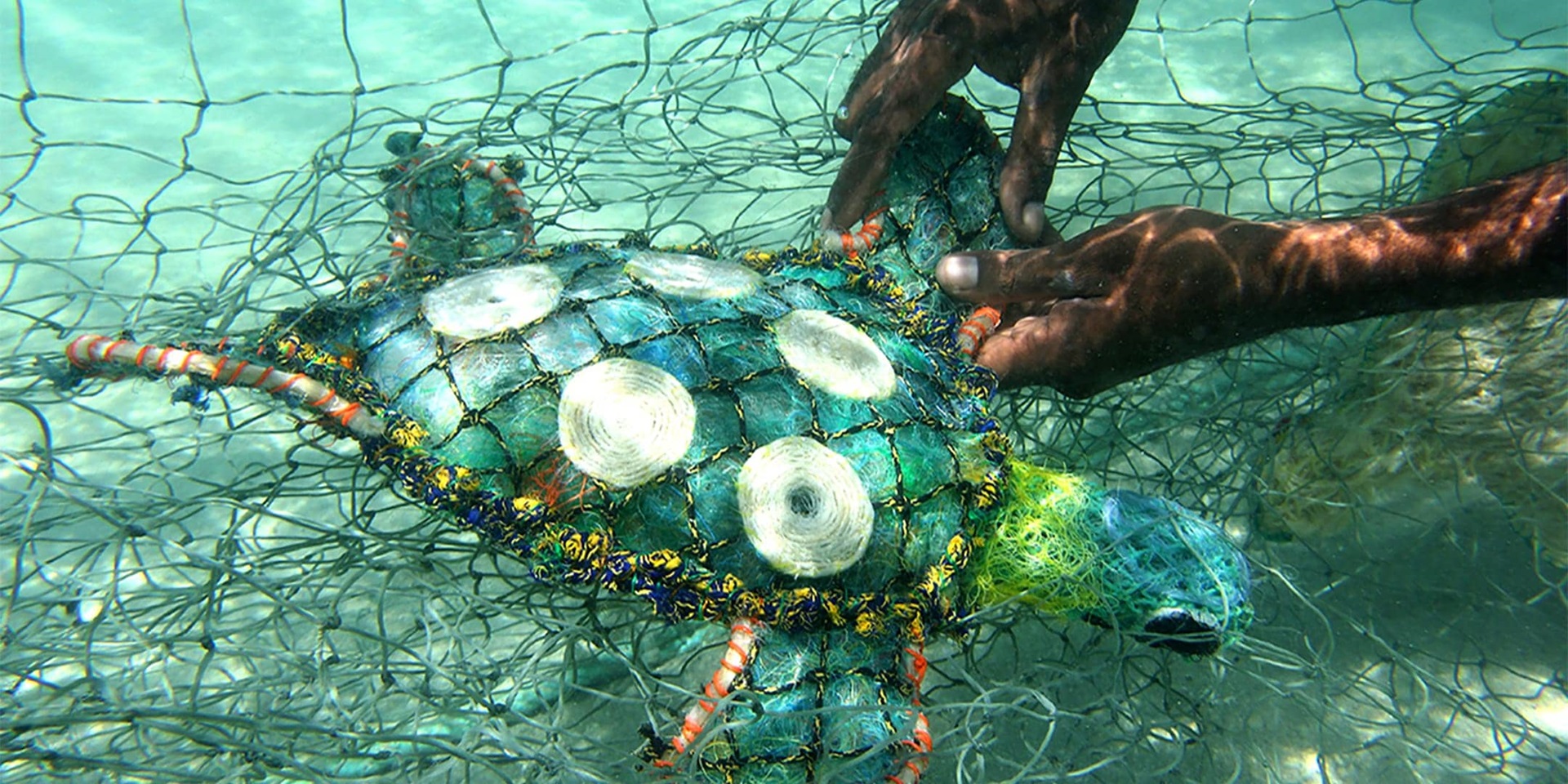Popular Exhibitions
The main museum building has 3700 square metres of exhibition space. Our core exhibitions consider maritime aspects of Indigenous culture, European exploration, immigration, sport and leisure, defence and Australia's maritime links with the USA.
The museum's first special temporary exhibition told the story of the Japanese midget submarine attack on Sydney Harbour in World War II. Since then we have explored a huge range of subjects, including:
- Pirates!
- What about Women? Our place in Maritime History
- Secrets of the Sea – Myth, Lore & Legend
- Greek Australians and the Sea
- Lamalera – Whale Hunters of Indonesia
- Tears, Fears & Cheers – Migration to Australia 1788-1998 (Multicultural Marketing Award winner, 1999)
- Smugglers – Customs & Contraband 1901-2001 (for Centenary of Federation celebrations in 2001, with a special version touring the country)
- Charles Darwin – Voyages and ideas that shook the world
- Exposed – the story of swimwear
- On their own – Britain’s child migrants
- Fish in Australian art
- East of India – forgotten trade with Australia
Major International Exhibitions
The museum imports major overseas exhibitions, often touring them around Australia as well as displaying them at Darling Harbour.
These have included major productions like Mary Rose - Life and Death on Henry VIII's Lost Warship (Mary Rose Trust, UK) and Ocean Planet (Smithsonian Institution, USA). Les Génies de la Mer - Masterpieces of French Naval Sculpture (Musée National de la Marine, France), with its direct physical links to Louis XIV, Marie-Antoinette and Napoleon, drew record attendances.
Scott’s last expedition, developed by the Natural History Museum, London, the Canterbury Museum, Christchurch NZ and the Antarctic Heritage Trust NZ, reunited rare scientific specimens with real artefacts used by Scott on his tragic last expedition. More recently Vikings – Beyond the legend from the Swedish History Museum was the biggest collection of Viking artefacts ever to be exhibited in Australia.
The museum was the first major Australian museum to tour international shows outside capital cities with our imported exhibitions travelling from Newcastle to Warrnambool and Fremantle.
